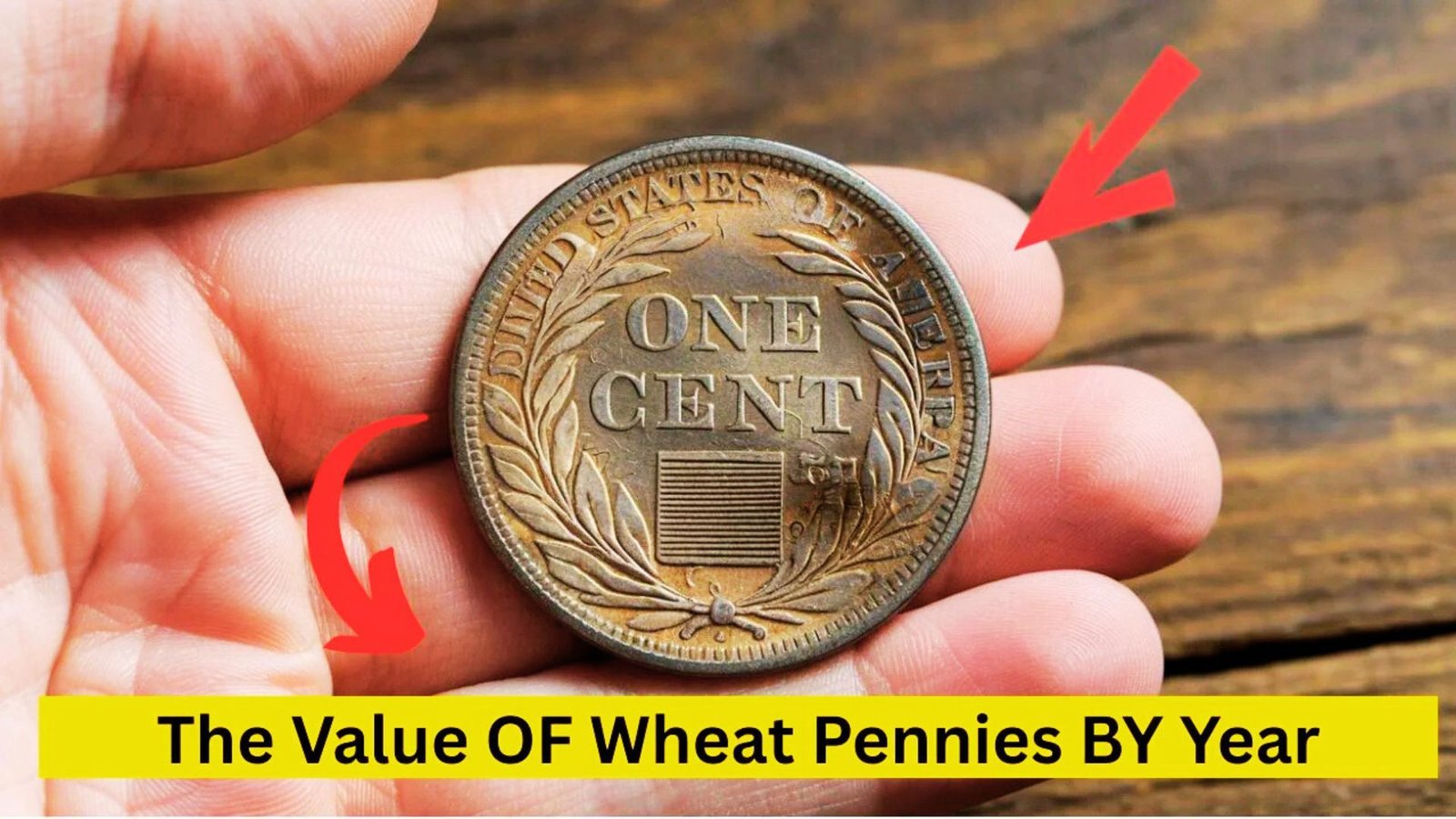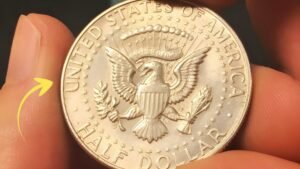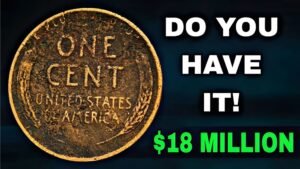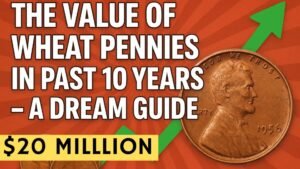You might have a small fortune hiding in your change jar. Those old Wheat Pennies with the iconic stalks on the back aren’t just nostalgic—they could be worth hundreds or even thousands of dollars. But which ones? The answer lies in their year, mint mark, and hidden variations that most people overlook. Let’s unlock the secrets behind the most valuable Wheat Pennies and why collectors can’t stop hunting for them.
What Are Wheat Pennies?
The Wheat Penny, officially called the Lincoln Wheat Cent, was minted from 1909 to 1958. Designed by Victor D. Brenner, it features President Abraham Lincoln on the front and two wheat stalks on the reverse, symbolizing prosperity. While most were common circulation coins, certain years hide surprising rarities.
A Brief History of the Wheat Penny
When the Lincoln Cent debuted in 1909, it marked the first time a real person appeared on U.S. currency. The early versions with “VDB” initials (the designer’s signature) became controversial—leading to quick changes that created valuable variations. Over decades, minting errors, war metals, and limited production runs made some years far rarer than others.
Why Wheat Pennies Are Valuable Today
Collectors prize Wheat Pennies for their historical charm, limited supply, and hidden minting quirks. Certain dates like 1909-S VDB, 1914-D, and 1943 copper cents command staggering prices at auctions. Even circulated pennies can fetch $5–$50 if they’re from the right year or mint.
Wheat Penny Value by Year (Most Valuable Dates)
| Year | Mint Mark | Key Feature | Estimated Value (High Grade) |
|---|---|---|---|
| 1909-S VDB | San Francisco | Designer initials, low mintage | $1,000–$3,000+ |
| 1914-D | Denver | Scarce mint run | $1,500–$5,500 |
| 1922 No D | Denver | Mint mark missing | $500–$15,000 |
| 1931-S | San Francisco | Low mintage | $100–$300 |
| 1943 Bronze | Philadelphia | Struck on copper planchet | $100,000+ |
| 1955 Doubled Die | Philadelphia | Visible double text | $1,000–$10,000 |
| 1944 Steel | Various | Wrong metal composition | $50,000+ |
| These are not your average pennies—they’re the stuff of collector legends. |
Regular Wheat Penny Value Range (By Decade)
| Decade | Common Value Range | Rare High-End Examples |
|---|---|---|
| 1900s–1910s | $0.10–$20 | 1909-S VDB, 1914-D |
| 1920s–1930s | $0.05–$10 | 1922 No D, 1931-S |
| 1940s | $0.03–$5 | 1943 Copper, 1944 Steel |
| 1950s | $0.02–$1 | 1955 Doubled Die |
| Even in bulk, older coins in good shape can multiply in value when properly graded and certified. |
Hidden Secrets That Boost Value
- Mint Marks Matter: Pennies with “S” (San Francisco) or “D” (Denver) are usually scarcer than Philadelphia mint coins.
- Condition Is Critical: Uncirculated and “Red” toned Wheat Pennies can fetch 10x more.
- Errors Equal Gold: Double strikes, missing mint marks, and off-center coins can skyrocket in price.
- Composition Changes: During WWII, copper was replaced with steel in 1943, creating valuable anomalies.
Expert Tips for Collectors
- Use a Magnifier: Detect minor details like doubling or misprints.
- Check Coin Grading: Get your coins certified by PCGS or NGC for authenticity.
- Avoid Cleaning Coins: Polishing reduces collector value drastically.
- Buy and Sell Smart: Follow reputable dealers, auctions, or coin shows for accurate pricing.
Notable Records and Discoveries
A 1943 Bronze Wheat Penny sold for $1.7 million in 2010, proving even humble cents can hold life-changing value. Similarly, uncirculated 1909-S VDBs and 1955 Doubled Dies continue to hit record prices as collectors compete for top-grade examples.
Frequently Asked Questions (FAQs)
Q: Are all Wheat Pennies worth money?
A: Most are common, but specific dates, errors, and high grades can bring substantial value.
Q: How do I know if my penny is rare?
A: Check the year, mint mark, and details under magnification—especially for missing or doubled features.
Q: Where can I sell valuable Wheat Pennies?
A: Certified coin shops, online auctions, and grading company marketplaces are ideal.
Q: Should I clean old Wheat Pennies?
A: No. Cleaning damages patina and lowers collector value.
Conclusion: A Treasure in Plain Sight
That jar of old pennies might be worth far more than face value. The Wheat Penny’s charm lies in its blend of history, scarcity, and surprise. Whether you’re new to collecting or an experienced numismatist, each coin tells a story—sometimes one that’s worth a small fortune. Look closely; your next penny could be a hidden treasure waiting to be discovered.




